Fever with neck pain and headache. Meningitis: Symptoms, Causes, and Treatment – A Comprehensive Guide
What are the early signs of meningitis. How is meningitis diagnosed and treated. Can meningitis be prevented. What are the long-term effects of meningitis.
Understanding Meningitis: A Potentially Life-Threatening Condition
Meningitis is a serious infection that affects the meninges, the protective membranes surrounding the brain and spinal cord. This condition can be caused by various pathogens, including viruses, bacteria, and occasionally fungi. While viral meningitis is generally less severe, bacterial meningitis can be life-threatening and requires immediate medical attention.
Types of Meningitis
- Viral meningitis
- Bacterial meningitis
- Fungal meningitis (rare)
Is meningitis always a medical emergency. While viral meningitis can often be managed at home with close medical supervision, bacterial meningitis is considered a medical emergency. It can progress rapidly and potentially lead to death within hours if left untreated. Therefore, early diagnosis and prompt treatment are crucial for improving outcomes.

Recognizing the Symptoms of Meningitis
The symptoms of meningitis can vary depending on the age of the affected individual and the specific pathogen causing the infection. However, some common signs are often present across different age groups.
Symptoms in Infants and Young Children
- High fever
- Bulging fontanelle (soft spot on the head)
- Unusual crying or irritability
- Lethargy or floppiness
- Feeding difficulties
- Neck stiffness or arching of the back
- Jaundice (yellowing of the skin)
- Seizures
Symptoms in Older Children and Adults
- Severe headache
- High fever
- Neck stiffness
- Sensitivity to light (photophobia)
- Nausea and vomiting
- Confusion or altered mental state
- Muscle and joint pain
- Skin rash (not always present)
How quickly do meningitis symptoms develop. The onset of meningitis symptoms can be rapid, sometimes progressing within hours. However, in some cases, symptoms may develop more gradually over a few days. It’s important to note that not all symptoms may be present in every case, and their order of appearance can vary.

Causes and Transmission of Meningitis
Meningitis can be caused by various pathogens, with viruses and bacteria being the most common culprits. Understanding the causative agents and transmission routes is crucial for prevention and management of the disease.
Viral Meningitis
Viral meningitis is typically caused by enteroviruses, which are common stomach viruses. Other potential viral causes include:
- West Nile virus
- Mumps virus
- Measles virus
- Herpes simplex virus (types I and II)
- Varicella-zoster virus (chickenpox)
- Lymphocytic choriomeningitis (LCM) virus
Bacterial Meningitis
Bacterial meningitis can be caused by several types of bacteria, including:
- Neisseria meningitidis (meningococcal meningitis)
- Streptococcus pneumoniae (pneumococcal meningitis)
- Haemophilus influenzae type B (Hib)
- Mycobacterium tuberculosis (tuberculosis meningitis)
- Group B Streptococcus
- Escherichia coli (E. coli)
How is meningitis transmitted. Meningitis-causing pathogens are typically spread through close personal contact. This can occur via respiratory droplets from coughing or sneezing, or through the exchange of saliva (e.g., kissing or sharing personal items like utensils or toothbrushes). Some bacteria that cause meningitis can also be found in the throat or nasal passages of healthy individuals, who may unknowingly spread the infection to others.
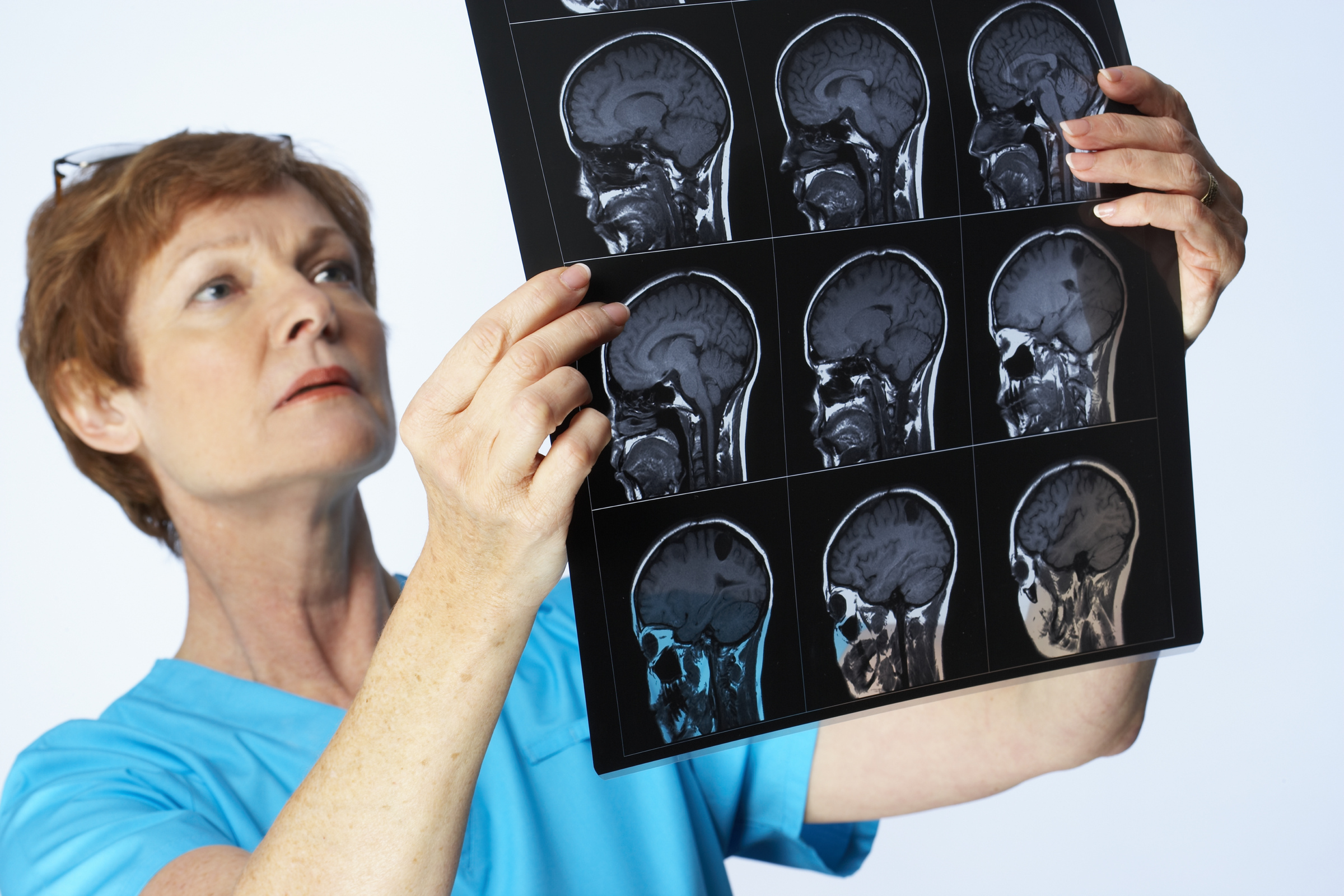
Diagnosis and Medical Evaluation of Meningitis
Prompt and accurate diagnosis of meningitis is crucial for initiating appropriate treatment and preventing complications. Healthcare providers use a combination of clinical evaluation and laboratory tests to confirm the diagnosis.
Clinical Examination
The initial assessment typically involves a thorough physical examination, including:
- Checking for signs of increased intracranial pressure
- Assessing neck stiffness and range of motion
- Evaluating neurological function
- Examining for the presence of skin rashes
Laboratory Tests
What specific tests are used to diagnose meningitis. The definitive diagnosis of meningitis usually requires the following tests:
- Blood tests: These can help identify signs of infection and inflammation.
- Lumbar puncture (spinal tap): This procedure involves collecting a sample of cerebrospinal fluid (CSF) from the lower back. The CSF is then analyzed for:
- White blood cell count and type
- Protein and glucose levels
- Presence of bacteria or viruses
- Imaging studies: In some cases, CT scans or MRI may be performed to rule out other conditions or complications.
Is a lumbar puncture always necessary for diagnosing meningitis. While a lumbar puncture is the gold standard for diagnosing meningitis, it may be delayed or avoided in certain situations, such as when there are signs of severely increased intracranial pressure or a bleeding disorder. In such cases, treatment may be initiated based on clinical suspicion and other available evidence.
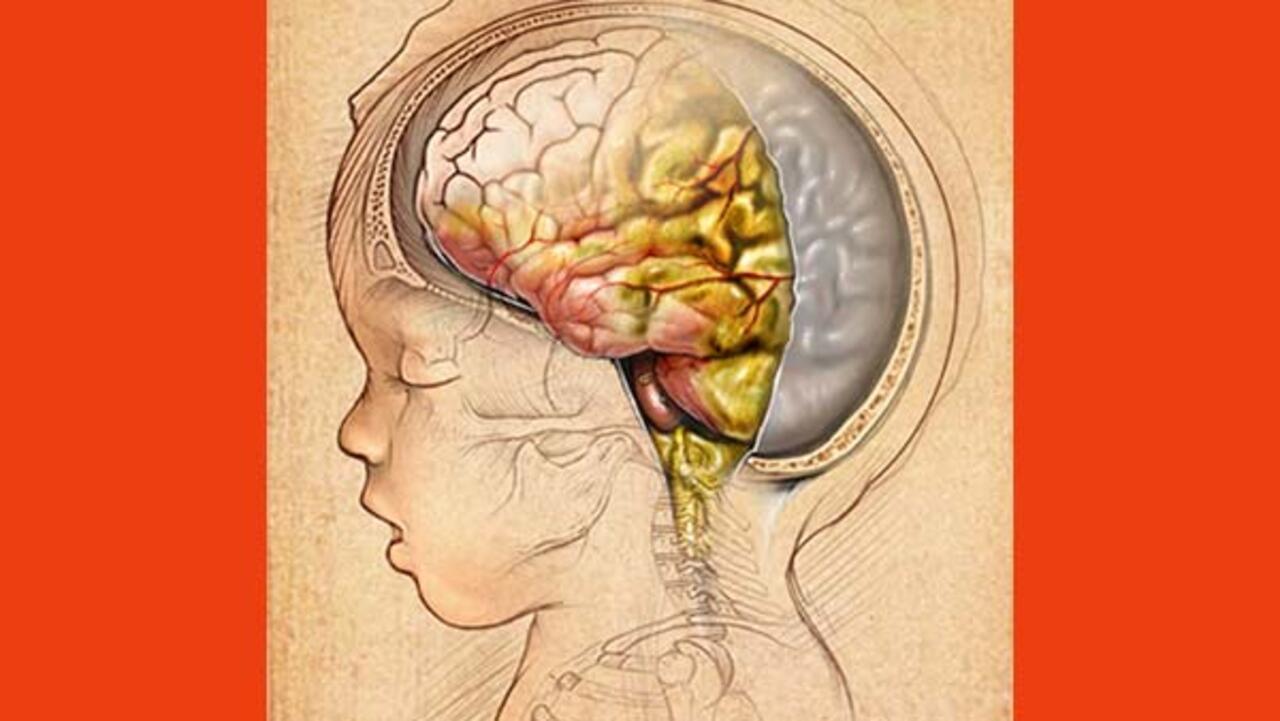
Treatment Approaches for Meningitis
The treatment of meningitis depends on the underlying cause of the infection. The primary goals are to eliminate the pathogen, reduce inflammation, and prevent complications.
Viral Meningitis Treatment
How is viral meningitis managed. Viral meningitis is generally less severe and often resolves on its own without specific antiviral treatment. Management typically includes:
- Rest and adequate hydration
- Over-the-counter pain relievers (e.g., acetaminophen or ibuprofen) for symptom relief
- Close medical monitoring
In most cases, patients with viral meningitis can be cared for at home under medical supervision. However, hospitalization may be necessary for severe cases or in individuals with weakened immune systems.
Bacterial Meningitis Treatment
Bacterial meningitis requires immediate and aggressive treatment due to its potential severity. The standard approach includes:
- Intravenous antibiotics: Broad-spectrum antibiotics are typically started immediately, even before the specific bacterial cause is identified. The antibiotic regimen may be adjusted once culture results are available.
- Corticosteroids: These may be given to reduce inflammation and decrease the risk of complications, particularly in cases of bacterial meningitis.
- Supportive care: This includes managing fever, maintaining proper hydration and electrolyte balance, and addressing any complications that may arise.
What is the typical duration of antibiotic treatment for bacterial meningitis. The duration of antibiotic therapy can vary depending on the causative organism and the patient’s response to treatment. Generally, antibiotics are administered for 7 to 21 days, with some types of bacterial meningitis requiring longer courses of treatment.

Prevention Strategies and Vaccination
Preventing meningitis involves a combination of vaccination, good hygiene practices, and public health measures. Vaccines have been particularly effective in reducing the incidence of certain types of bacterial meningitis.
Available Vaccines
Several vaccines are available to protect against common causes of bacterial meningitis:
- Meningococcal vaccines: Protect against Neisseria meningitidis
- Pneumococcal vaccines: Protect against Streptococcus pneumoniae
- Haemophilus influenzae type B (Hib) vaccine
- Bacille Calmette-Guérin (BCG) vaccine: Offers some protection against tuberculous meningitis
Who should receive meningitis vaccines. Vaccination recommendations vary by age group and risk factors. In general, meningococcal vaccines are recommended for:
- Adolescents and young adults, particularly those living in close quarters (e.g., college dormitories)
- Individuals with certain medical conditions that increase the risk of meningococcal disease
- Travelers to regions where meningococcal disease is common
- Laboratory personnel who work with N. meningitidis
Preventive Measures
In addition to vaccination, other preventive measures include:
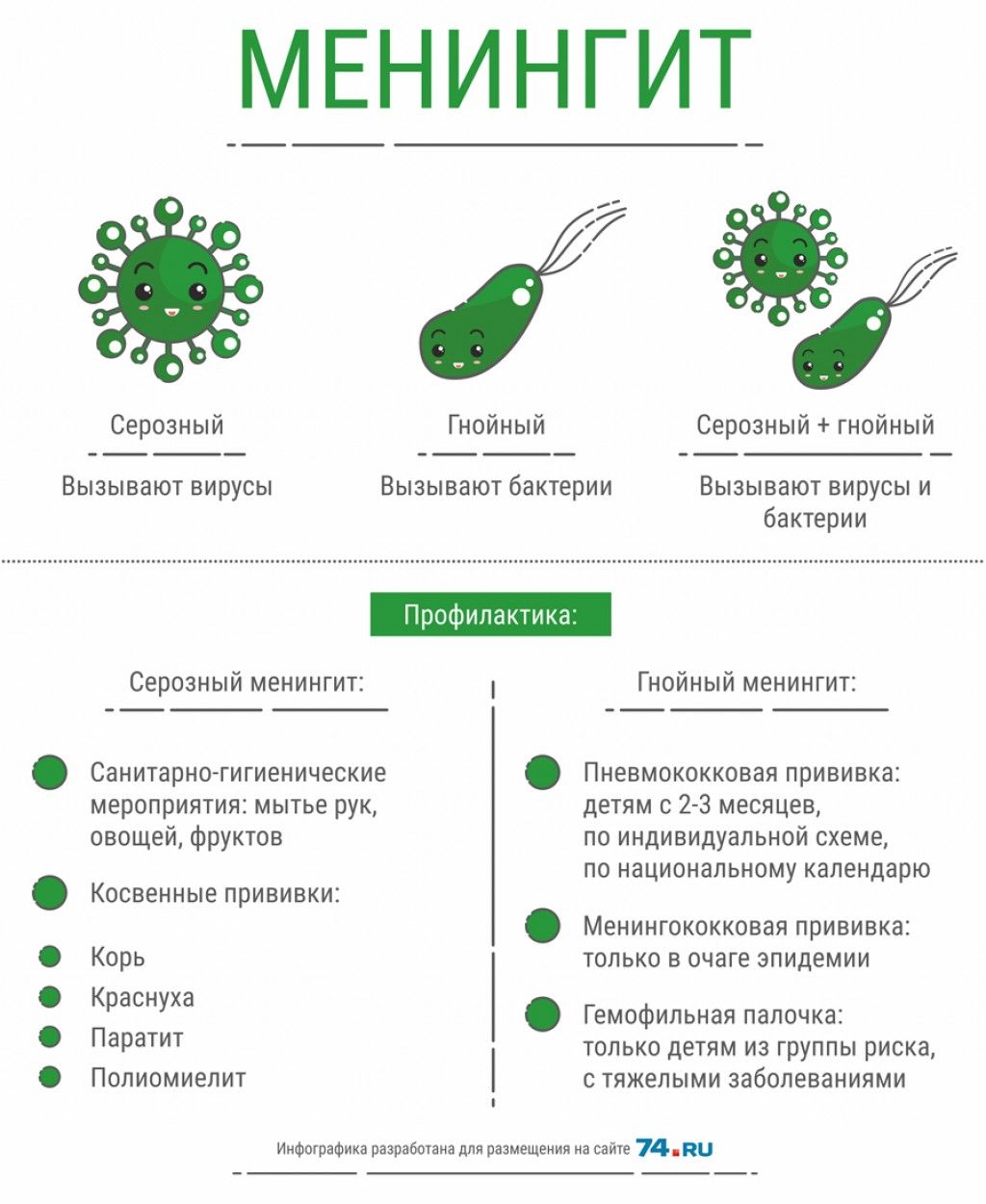
- Practicing good hygiene, such as frequent handwashing
- Avoiding close contact with individuals who have meningitis
- Not sharing personal items like utensils, toothbrushes, or drinking glasses
- Maintaining a healthy lifestyle to support immune function
Can meningitis be completely prevented through vaccination. While vaccines have significantly reduced the incidence of certain types of bacterial meningitis, they do not provide 100% protection against all forms of the disease. Some strains of bacteria are not covered by current vaccines, and viral meningitis cannot be prevented through vaccination. Therefore, it’s important to remain vigilant and seek medical attention if symptoms suggestive of meningitis develop.
Long-Term Effects and Complications of Meningitis
While many individuals recover fully from meningitis, some may experience long-term effects or complications, particularly in cases of bacterial meningitis or if treatment is delayed.
Potential Long-Term Effects
What are the possible long-term consequences of meningitis. The long-term effects can vary widely and may include:

- Hearing loss: This is one of the most common long-term complications, affecting up to 30% of survivors of bacterial meningitis.
- Cognitive impairment: Some individuals may experience difficulties with memory, concentration, or learning.
- Neurological problems: These can range from mild coordination issues to more severe conditions like epilepsy or cerebral palsy.
- Vision problems: Meningitis can sometimes affect the optic nerve, leading to visual impairments.
- Behavioral or emotional changes: Some survivors may experience mood swings, anxiety, or depression.
- Physical disabilities: In severe cases, meningitis can lead to limb amputations or mobility issues.
Factors Influencing Long-Term Outcomes
The likelihood and severity of long-term effects depend on several factors:
- Type of pathogen: Bacterial meningitis generally carries a higher risk of complications than viral meningitis.
- Age at infection: Very young children and older adults may be at higher risk for long-term effects.
- Timing of treatment: Early diagnosis and prompt treatment can significantly reduce the risk of complications.
- Severity of the initial infection: More severe cases with complications like sepsis or brain swelling are associated with poorer long-term outcomes.
- Individual factors: A person’s overall health and immune function can influence recovery and long-term effects.
How long does recovery from meningitis typically take. The recovery period can vary greatly depending on the individual and the severity of the infection. While some people may recover within a few weeks, others may require months of rehabilitation and support. It’s important for survivors to have regular follow-up appointments with healthcare providers to monitor for and address any long-term effects.

Research and Future Directions in Meningitis Management
Ongoing research in the field of meningitis aims to improve prevention, diagnosis, and treatment strategies. Several promising areas of investigation are currently underway.
Vaccine Development
Researchers are working on developing new and improved vaccines to provide broader protection against meningitis-causing pathogens. Some areas of focus include:
- Universal vaccines that can protect against multiple strains of meningococcal bacteria
- Improved pneumococcal vaccines with coverage for additional serotypes
- Vaccines targeting other pathogens associated with meningitis
Diagnostic Advancements
What new diagnostic tools are being developed for meningitis. Efforts are underway to create faster and more accurate diagnostic methods, including:
- Rapid point-of-care tests that can quickly identify the causative pathogen
- Advanced molecular techniques for detecting bacterial or viral genetic material
- Biomarker-based tests to distinguish between viral and bacterial meningitis
Treatment Innovations
Research into new treatment approaches aims to improve outcomes and reduce complications. Some areas of investigation include:
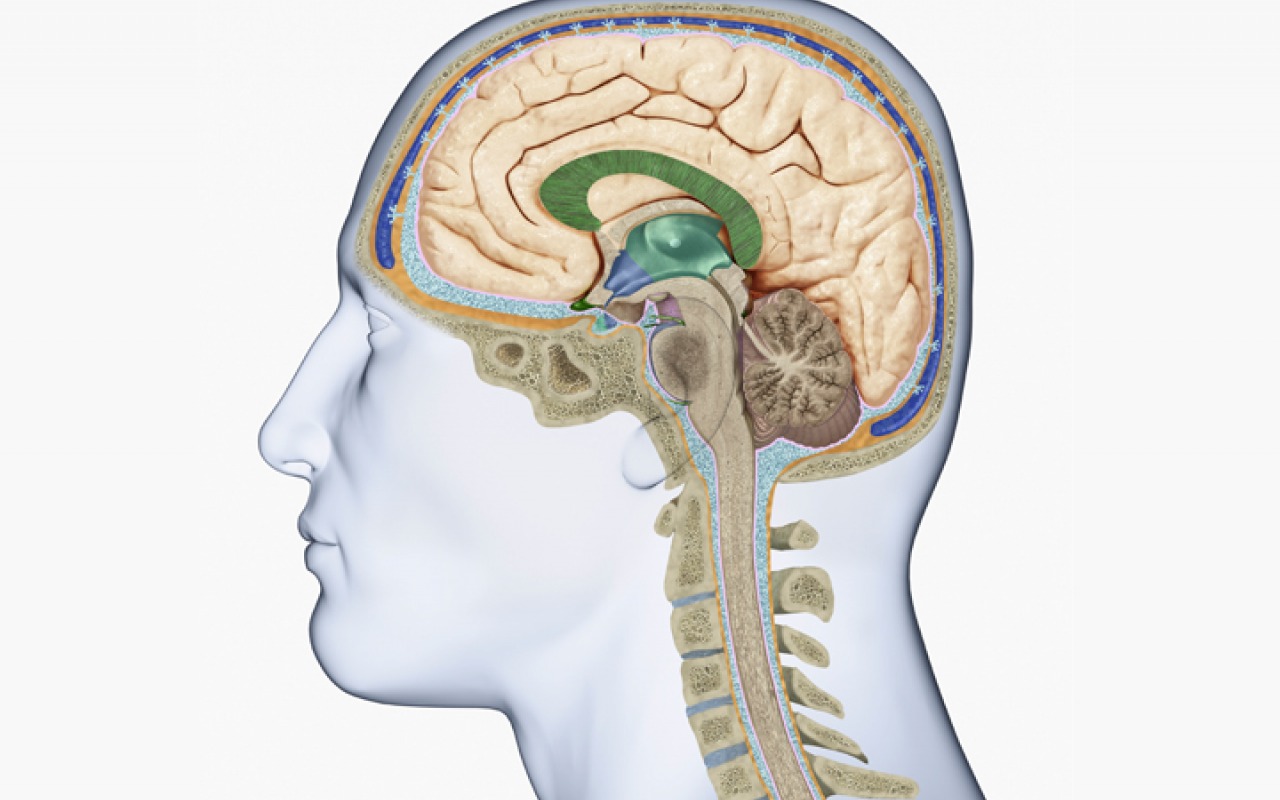
- Novel antibiotic formulations with improved penetration into the central nervous system
- Targeted immunotherapies to modulate the immune response and reduce inflammation
- Neuroprotective agents to minimize brain damage during acute infection
Understanding Long-Term Effects
Ongoing studies are focused on better understanding the mechanisms behind long-term complications of meningitis. This research may lead to:
- Improved rehabilitation strategies for survivors
- Development of interventions to prevent or mitigate long-term effects
- Personalized follow-up care based on individual risk factors
How might future advancements change the landscape of meningitis management. As research progresses, we can anticipate more effective prevention strategies, faster and more accurate diagnosis, and targeted treatments that improve outcomes and reduce long-term complications. Additionally, a better understanding of the long-term effects of meningitis will likely lead to more comprehensive and personalized aftercare for survivors.
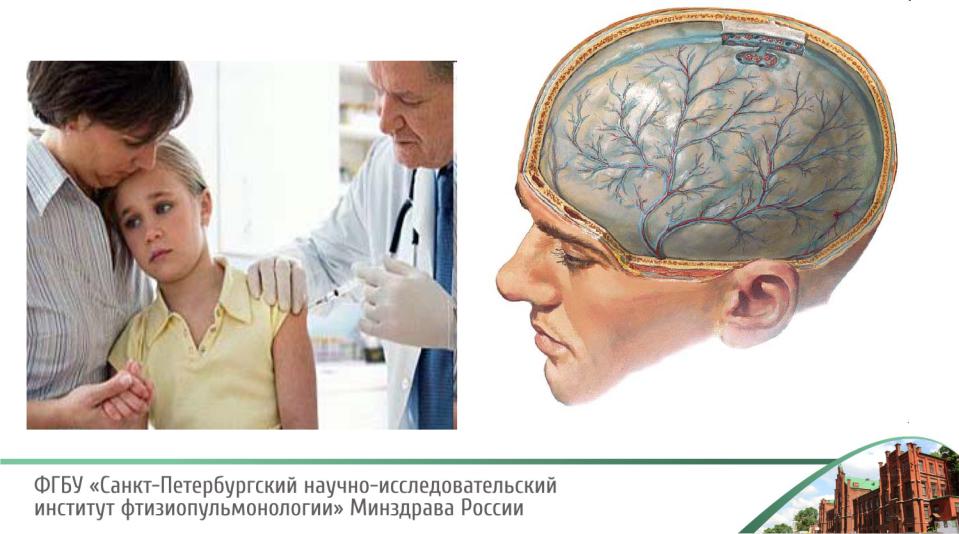
In conclusion, meningitis remains a significant public health concern, but ongoing research and advancements in medical science continue to improve our ability to prevent, diagnose, and treat this potentially devastating condition. By staying informed about the latest developments and maintaining vigilance in recognizing the signs and symptoms of meningitis, we can work towards reducing its impact on individuals and communities worldwide.
Meningitis – symptoms, causes and treatments
Meningitis can be a medical emergency. It can kill within hours, so early diagnosis and treatment is vital. If you are worried that you or someone you care for may have meningitis, see your doctor immediately. If your doctor is not available, go to your nearest emergency department or call triple zero (000) and ask for an ambulance.
What is meningitis?
Meningitis is a rare but serious infection of the meninges. The meninges are the membranes surrounding the brain and spinal cord. Meningitis is usually caused by a virus or bacteria, and sometimes it is caused by a fungus.
Viral meningitis is usually a less dangerous form of meningitis and most commonly affects children. It can cause severe headaches. Viral meningitis is usually caused by viruses that live in fluids in the mouth and nose, and in faeces (poo).
Bacterial meningitis is usually more severe. It is caused by bacteria that live in the nose and throat and are usually harmless. But they can enter the blood stream and spread to the membrane surrounding the brain, causing meningitis.
But they can enter the blood stream and spread to the membrane surrounding the brain, causing meningitis.
Bacterial meningitis is a medical emergency. It can kill within hours, so early diagnosis and treatment is vital.
When should I seek medical attention?
See your doctor if your child has an unexplained fever, a lasting headache or sore neck, or says that bright lights hurt their eyes.
Call an ambulance or go straight to the emergency department if you or a child is showing symptoms of meningococcal infection:
- a high fever with a severe headache
- stiffness and pain in the neck
- dislike of bright lights
- and a skin rash of red or purple spots that do not turn white when you press on them with a finger
What are the symptoms of meningitis?
The symptoms of meningitis in very small children and babies include:
- fever
- a bulge in the soft spot on top the head (the fontanelle)
- yellow skin (jaundice)
- unusual or high-pitched crying
- inactivity or floppiness
- irritability
- feeding problems
- holding their head back and arching their back
- being difficult to wake
- purple-red skin rash or bruising
- pale or blotchy skin
- seizures (fits)
The most common symptoms of meningitis in older children and adults are:
- fever
- sensitivity to light
- very bad headache and stiff or sore neck
- nausea or vomiting and loss of appetite
- tiredness and drowsiness
- irritability
- confusion
- purple-red skin rash or bruising
- muscle and joint pains
- seizures (fits)
The signs and symptoms do not appear in a definite order and some may not appear at all. Not all cases of meningitis will cause a rash.
Not all cases of meningitis will cause a rash.
This symptoms list does not include every possible sign and symptom of meningitis.
CHECK YOUR SYMPTOMS — Use the Symptom Checker and find out if you need to seek medical help.
What causes meningitis?
The viruses or bacteria that cause meningitis are usually spread from person to person through close contact, such as coughing, sneezing, kissing and sharing personal items.
Viral meningitis is usually caused by enteroviruses (common stomach viruses). It can also be caused by the West Nile virus, mumps, measles, herpes simplex types I and II, chickenpox, and lymphocytic choriomeningitis (LCM) virus.
Bacterial meningitis can be caused by meningococcal, pneumococcal, Haemophilus influenzae type B (Hib), Tuberculosis, Group B Streptococcus and E.coli Meningitis bacteria.
How is meningitis diagnosed?
Meningitis is diagnosed with a blood test and possibly with a lumbar puncture.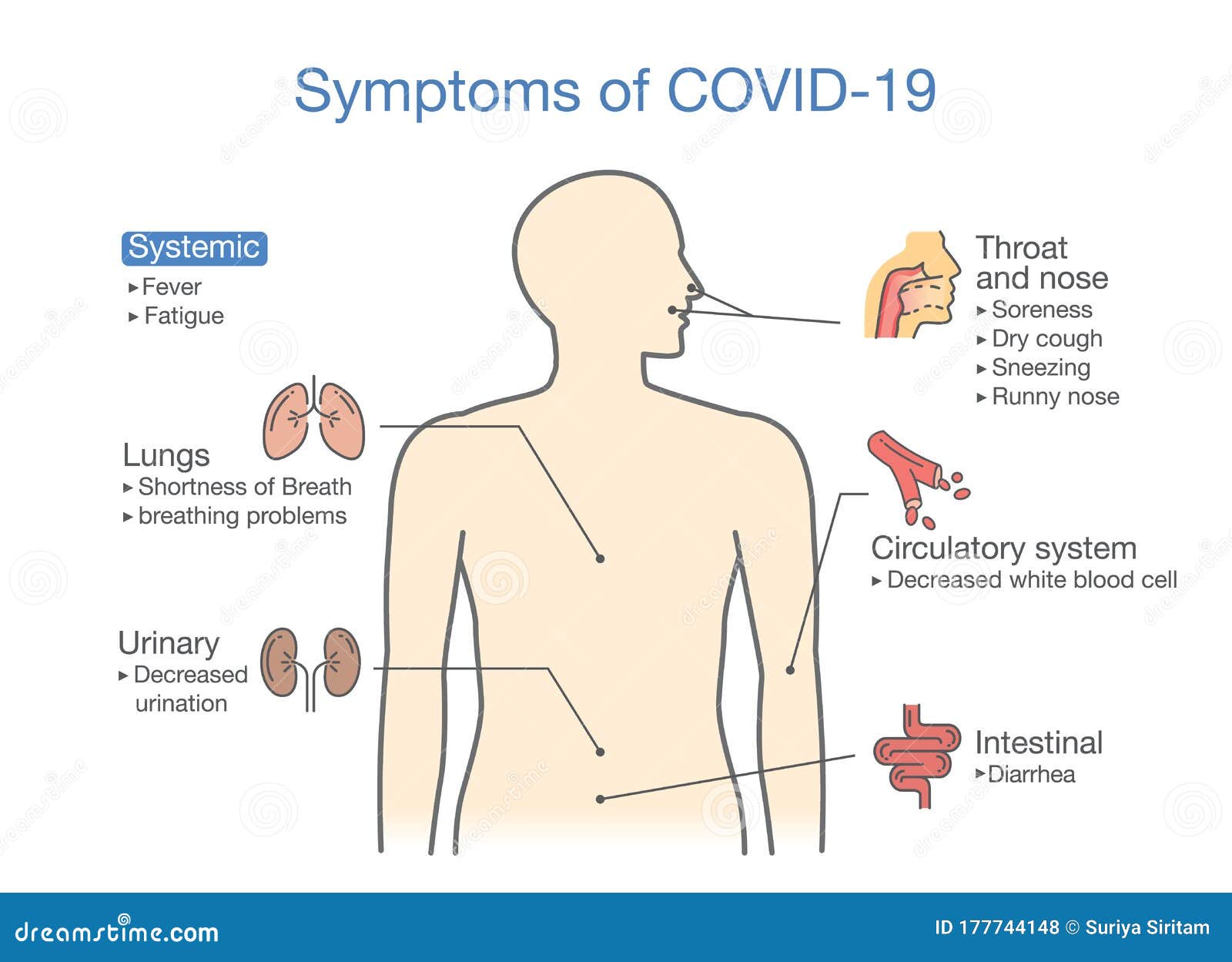 This involves putting a needle into the base of the spine to take a sample of the fluid that surrounds the brain and spine. The fluid is examined to see what type of infection has caused the meningitis.
This involves putting a needle into the base of the spine to take a sample of the fluid that surrounds the brain and spine. The fluid is examined to see what type of infection has caused the meningitis.
FIND A HEALTH SERVICE — The Service Finder can help you find doctors, pharmacies, hospitals and other health services.
How is meningitis treated?
People with meningitis will usually be admitted to hospital, although some people with viral meningitis can be cared for at home with close medical supervision.
Treatment will depend on the type of infection that has caused the meningitis.
Viral meningitis
There is no specific treatment for viral meningitis and patients usually get better with plenty of rest and fluids alone. Paracetamol can be used to ease any symptoms of headache and fever. Children with viral meningitis should stay home from school or day care until they feel well.
Viral meningitis is not treated with antibiotics because antibiotics are not effective against viral illnesses.
Bacterial meningitis
Bacterial meningitis is a medical emergency and can be fatal if not treated quickly. If bacterial meningitis is diagnosed, antibiotics (often injectable or intravenous) will be used. They may be given for up to 3 weeks. Other medicines such as corticosteroids may also be given to help reduce the risk of complications, such as brain swelling or seizures.
People in close contact are sometimes given antibiotics to reduce their risk of developing the illness.
Fungal meningitis
Meningitis that’s caused by a fungus is treated with intravenous and oral anti-fungal medicine.
Can meningitis be prevented?
There is a lower risk of catching viral or bacterial infections if you follow good hygiene.
- Wash your hands regularly.
- Don’t share drink bottles, cups or cutlery.
- Sneeze into your elbow.
- Throw tissues into the bin straight after use and wash your hands.
Several of the viruses and bacteria that cause meningitis can be largely prevented by the routine childhood immunisation, so staying up to date with childhood vaccinations is the best way to prevent meningitis.
Extra optional vaccines are also available against some of strains of meningococcus bacteria that can cause bacterial meningitis.
Meningococcal vaccine
Vaccination is your best protection against meningococcal disease. Vaccination with meningococcal B and meningococcal ACWY can be done from 6 weeks of age. Meningococcal immunisation is recommended for:
- babies and young children under 2 years old
- teenagers and young adults aged 15-19 years
- teenagers and young adults aged 15 to 24 who live in crowded conditions
- Aboriginal and Torres Strait Islander people aged 2 months to 19 years
- teenagers and young adults aged 15 to 24 years who are current smokers
- travellers to places where meningococcal disease is more common
- people who have medical conditions that increase their risk meningococcal disease, such as people with some blood disorders or weakened immune systems
- laboratory workers who work with the bacterium that causes meningococcal disease
This table explains how the Meningococcal ACWY vaccine is given, who should get it, and whether it is on the National Immunisation Program Schedule.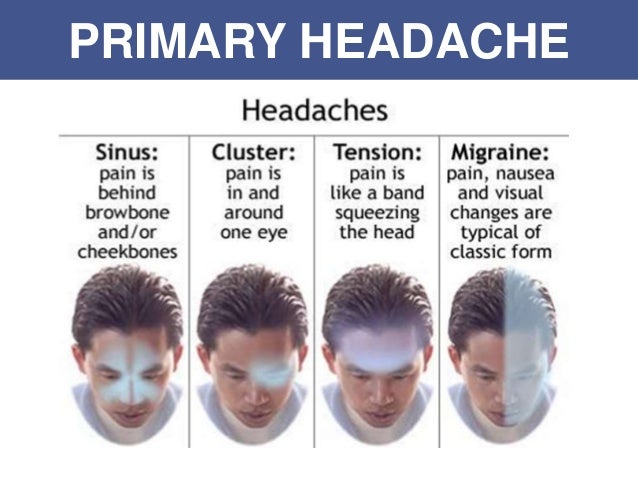 Some diseases can be prevented with different vaccines, so talk to your doctor about which one is appropriate for you.
Some diseases can be prevented with different vaccines, so talk to your doctor about which one is appropriate for you.
| What age is it recommended? | 12 months. Teenagers from 14 to 19 years. |
| When to get vaccinated? | If you are travelling and haven’t been vaccinated, consult your doctor or visit a travel health clinic 6 to 12 weeks before you leave Australia. |
| How many doses are required? | 1, 2, 3 or 4, depending on the vaccine and the age it is given. |
| How is it administered? | Injection |
| Is it free? | Free for babies at 12 months of age and adolescents aged 14 to 16 years at school, or from 15 to 19 years as part of an ongoing catchup program. Find out more on the Department of Health website and the National Immunisation Program Schedule, and ask your doctor if you are eligible for additional free vaccines based on your situation or location. |
| Common side effects | The vaccines are very safe. Possible side effects include pain, redness and swelling where the needle went in, fever, feeling unsettled or tired, decreased appetite and headache. |
Complications of meningitis
Most people make a full recovery after having meningitis. Some people recover fairly quickly and others more slowly, depending on the type and severity of the illness.
Some people who have had meningitis can have after-effects such as tiredness, mood swings, recurring headaches and short-term memory loss, although these effects generally recede with time.
Occasionally, meningitis can cause serious or long-term problems such as a stroke, brain damage, seizures or hearing loss.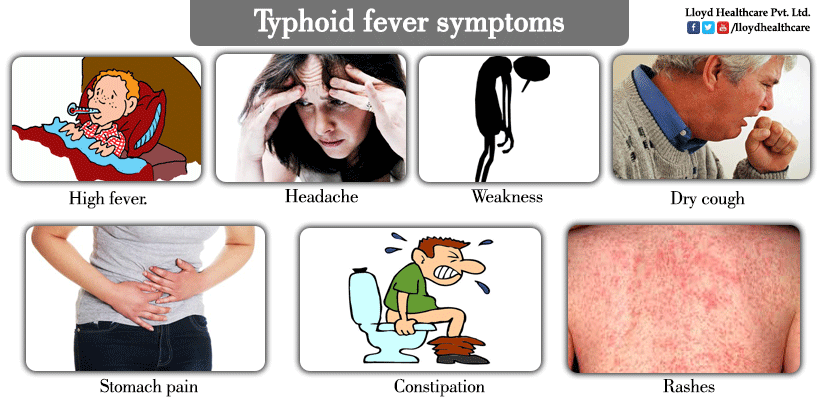 Sometimes, meningitis is fatal.
Sometimes, meningitis is fatal.
Resources and support
Read more meningitis on the Meningitis Centre website.
More information on the Australian Immunisation Schedule is available from the Immunise Australia Program, or you can speak to your doctor.
Learn more here about the development and quality assurance of healthdirect content.
A Man With Headache, Fever, and Neck Stiffness | Emergency Medicine | JAMA
A 53-year-old man presented with 2 weeks of back pain, stiff neck, headache, and fevers. He also reported 3 days of right knee pain and swelling. He had a history of pseudogout and kidney transplant 13 years ago. He was taking sirolimus and prednisone, with excellent graft function. His temperature on presentation was 102°F (38.9°C). He had nuchal rigidity and positive Kernig sign. There were no focal neurologic deficits and no spinal tenderness. He had a right knee effusion without erythema and with full range of motion. Laboratory workup of serum showed a white blood cell (WBC) count of 10 200/μL (neutrophils, 63. 8%; lymphocytes, 19.6%; monocytes, 15.1%) and erythrocyte sedimentation rate, 63 mm/h; workup of cerebrospinal fluid showed a WBC count of 0/μL; red blood cell count, 32/μL; total protein level, 109 mg/dL; and glucose level, 59 mg/dL (3.3 mmol/L). Magnetic resonance imaging (MRI) of the spine showed cervical degenerative changes with reactive marrow (Figure 1). He was prescribed intravenous vancomycin and cefepime. Blood and cerebrospinal fluid (CSF) cultures were negative.
8%; lymphocytes, 19.6%; monocytes, 15.1%) and erythrocyte sedimentation rate, 63 mm/h; workup of cerebrospinal fluid showed a WBC count of 0/μL; red blood cell count, 32/μL; total protein level, 109 mg/dL; and glucose level, 59 mg/dL (3.3 mmol/L). Magnetic resonance imaging (MRI) of the spine showed cervical degenerative changes with reactive marrow (Figure 1). He was prescribed intravenous vancomycin and cefepime. Blood and cerebrospinal fluid (CSF) cultures were negative.
Figure 1.
View LargeDownload
Magnetic resonance imaging of the cervical spine.
Box Section Ref ID
What Would You Do Next?
Continue intravenous antibiotics
Obtain additional imaging with computed tomography (CT)
Start gabapentin
Start high-dose ibuprofen
Discussion
Diagnosis
Crowned dens syndrome
What to Do Next
B. Obtain additional imaging with computed tomography (CT)
The key to the correct diagnosis is the presence on a CT scan of synovial crown- or halo-like calcific densities of the atlantoaxial (C1/C2) joint, surrounding the odontoid process, in a patient with history of peripheral acute calcium pyrophosphate (CPP) crystal arthritis (“pseudogout”) (Figure 2). This patient had crowned dens syndrome (CDS), ie, deposition of CPP or, less frequently, basic calcium phosphate (BCP) crystals in the atlantoaxial joint, causing symptoms and signs of cervical spine inflammation. Continuation of antibiotics was not indicated, since CSF and MRI findings were not consistent with infection. Gabapentin is effective against neuropathic but not acute inflammatory pain. Like other forms of crystal deposition disease, CDS can be treated with corticosteroids or colchicine when there is a relative contraindication to use of nonsteroidal anti-inflammatory drugs (NSAIDs, eg, ibuprofen), such as renal transplant in this patient.
This patient had crowned dens syndrome (CDS), ie, deposition of CPP or, less frequently, basic calcium phosphate (BCP) crystals in the atlantoaxial joint, causing symptoms and signs of cervical spine inflammation. Continuation of antibiotics was not indicated, since CSF and MRI findings were not consistent with infection. Gabapentin is effective against neuropathic but not acute inflammatory pain. Like other forms of crystal deposition disease, CDS can be treated with corticosteroids or colchicine when there is a relative contraindication to use of nonsteroidal anti-inflammatory drugs (NSAIDs, eg, ibuprofen), such as renal transplant in this patient.
Figure 2.
View LargeDownload
Axial (A), coronal (B), and sagittal (C) computed tomography scan of C1/C2 showing periodontoid calcifications.
Discussion
CDS was first described in 19801 and is defined as otherwise unexplained neck pain in the presence of radiographic atlantoaxial (C1/C2) calcifications.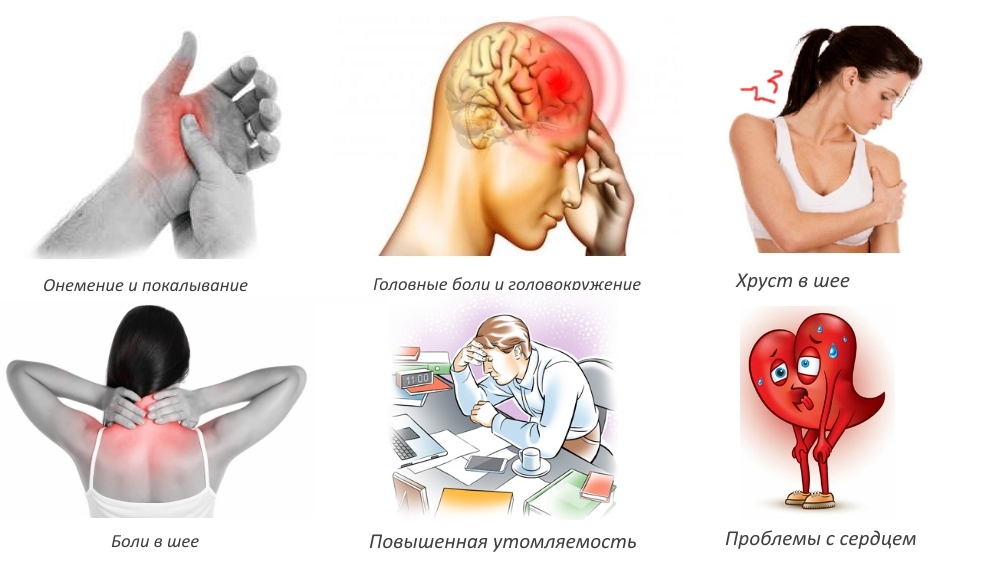 Fever, headache, meningismus, and elevated levels of inflammatory markers are common.2-6
Fever, headache, meningismus, and elevated levels of inflammatory markers are common.2-6
The prevalence of CDS is not clearly established. In 1 US series of 513 consecutive CT scans obtained for acute trauma,7 the prevalence of atlantoaxial calcific depositions was 12.9% overall and was 34% after age 60 years. In 2 other recent reports, 12.5%8 to 36%9 of patients with atlantoaxial calcifications had neck pain.
CDS is most commonly associated with osteoarthritis but can also be observed in patients with rheumatoid arthritis and metabolic disorders such as hyperparathyroidism or hemochromatosis, which are linked to acute CPP crystal arthritis.3,6,9,10 Synovial fluid analysis from a peripheral joint aspirate can show CPP crystals, with negative or weakly positive birefringence under polarized light microscopy. The absence of crystals does not rule out CPP crystal disease, since the sensitivity of microscopic examination for CPP crystal detection ranges from 12% to 83%. 6 Radiographic imaging of the knees and wrists at the time of presentation is a noninvasive way to infer diagnosis of CDS, by visualizing peripheral chondrocalcinosis.3,5
6 Radiographic imaging of the knees and wrists at the time of presentation is a noninvasive way to infer diagnosis of CDS, by visualizing peripheral chondrocalcinosis.3,5
The gold standard for diagnosis is CT scan of the cervical spine, focusing on C1/2 (Figure 2). CT has greater sensitivity than MRI in demonstrating the characteristic calcifications surrounding the odontoid process3-6,9 and should be performed first when CDS is likely (eg, in patients with history of acute CPP crystal arthritis). MRI can also show signs of inflammatory arthropathy suggestive of CDS in the appropriate clinical context (degenerative changes with reactive marrow) (Figure 1). However, MRI is usually ordered when there is clinical suspicion of cord compression, osteomyelitis, or malignancy.6
The differential diagnosis of CDS includes infectious meningitis, retropharyngeal abscess, and diskitis-osteomyelitis of the cervical spine.3-5 Importantly, CPP calcifications, including the C1/C2 joint, are often observed in asymptomatic individuals.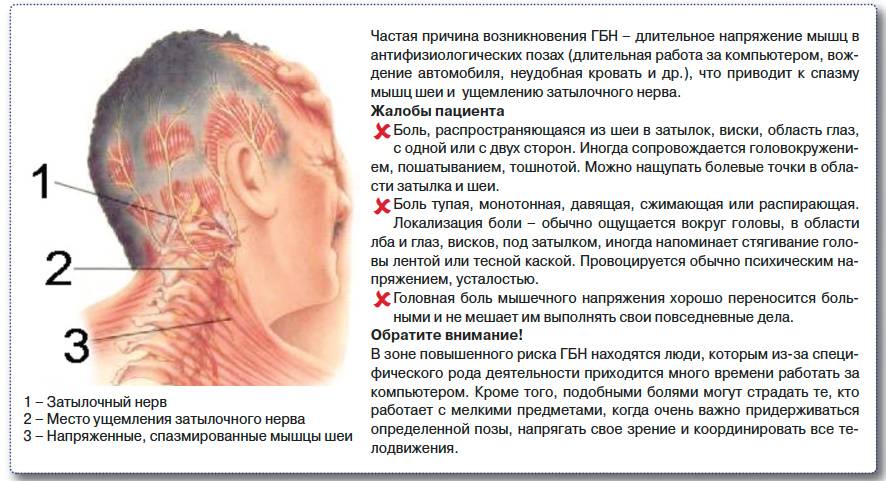 5,7-10 Thus, radiographic findings suggestive of CDS can coexist with infectious causes of neck pain. Therefore, even when CDS is suspected, some patients should still undergo evaluation for infection (lumbar puncture, MRI) and receive antibiotics until infection is ruled out. Unremarkable CSF studies and MRI results favor noninfectious etiologies, prompting discontinuation of antibiotics. Other considerations are tension headache, occipital neuralgia, cervicobrachial syndrome, BCP calcific longus colli tendinitis,6 polymyalgia rheumatica/giant cell arteritis when neck stiffness is associated with shoulder pain or jaw claudication,3-6 and vertebral metastases in patients with cancer.3
5,7-10 Thus, radiographic findings suggestive of CDS can coexist with infectious causes of neck pain. Therefore, even when CDS is suspected, some patients should still undergo evaluation for infection (lumbar puncture, MRI) and receive antibiotics until infection is ruled out. Unremarkable CSF studies and MRI results favor noninfectious etiologies, prompting discontinuation of antibiotics. Other considerations are tension headache, occipital neuralgia, cervicobrachial syndrome, BCP calcific longus colli tendinitis,6 polymyalgia rheumatica/giant cell arteritis when neck stiffness is associated with shoulder pain or jaw claudication,3-6 and vertebral metastases in patients with cancer.3
Treatment of CDS is similar to that of peripheral acute crystal arthritis and typically consists of a short course of high-dose NSAIDs.10 Colchicine and oral corticosteroids are effective alternatives.10 Anti-inflammatory treatment results in rapid resolution of symptoms, within days to weeks. 1,4,5,10
1,4,5,10
Patient Outcome
Before obtaining CT of the cervical spine, knee arthrocentesis was performed to rule out septic arthritis. Synovial fluid was consistent with aseptic inflammatory arthritis, although crystals were not seen. Three-view radiographs of the hands showed bilateral chondrocalcinosis. All antibiotics were stopped. On discharge, the patient was prescribed prednisone (40 mg daily) for 5 days with rapid clinical improvement and then resumed low-dose prednisone (5 mg daily). He has not had recurrence of his symptoms after 12 months.
Back to top
Article Information
Corresponding Author: Dimitrios Farmakiotis, MD, Rhode Island Hospital, 593 Eddy St, Gerry House 111, Providence, RI 02903 ([email protected]).
Published Online: March 29, 2019. doi:10.1001/jama.2019.1772
Conflict of Interest Disclosures: None reported.
Additional Contributions: We thank the patient for providing permission to share his information.
References
1.
Matsumura
M, Hara
S. Images in clinical medicine: crowned dens syndrome. N Engl J Med. 2012;367(23):e34. doi:10.1056/NEJMicm1100764PubMedGoogle ScholarCrossref
2.
Le Goff
P, Pennec
Y, Schwarzberg
C. Acute febrile neck pain simulating a meningeal syndrome, disclosing articular chondrocalcinosis [in French]. Rev Rhum Mal Osteoartic. 1980;47(7-9):507-509.PubMedGoogle Scholar
3.
Scutellari
PN, Galeotti
R, Leprotti
S,
et al. The crowned dens syndrome: evaluation with CT imaging. Radiol Med. 2007;112(2):195-207. doi:10.1007/s11547-007-0135-7PubMedGoogle ScholarCrossref
4.
Sekijima
Y, Yoshida
T, Ikeda
S. CPPD crystal deposition disease of the cervical spine. J Neurol Sci. 2010;296(1-2):79-82. doi:10.1016/j.jns.2010.05.028PubMedGoogle ScholarCrossref
5.
Aouba
A, Vuillemin-Bodaghi
V, Mutschler
C, De Bandt
M. Crowned dens syndrome misdiagnosed as polymyalgia rheumatica, giant cell arteritis, meningitis or spondylitis: an analysis of eight cases. Rheumatology (Oxford). 2004;43(12):1508-1512. doi:10.1093/rheumatology/keh470PubMedGoogle ScholarCrossref
6.
Ea
HK, Lioté
F. Diagnosis and clinical manifestations of calcium pyrophosphate and basic calcium phosphate crystal deposition diseases. Rheum Dis Clin North Am. 2014;40(2):207-229. doi:10.1016/j.rdc.2014.01.011PubMedGoogle ScholarCrossref
7.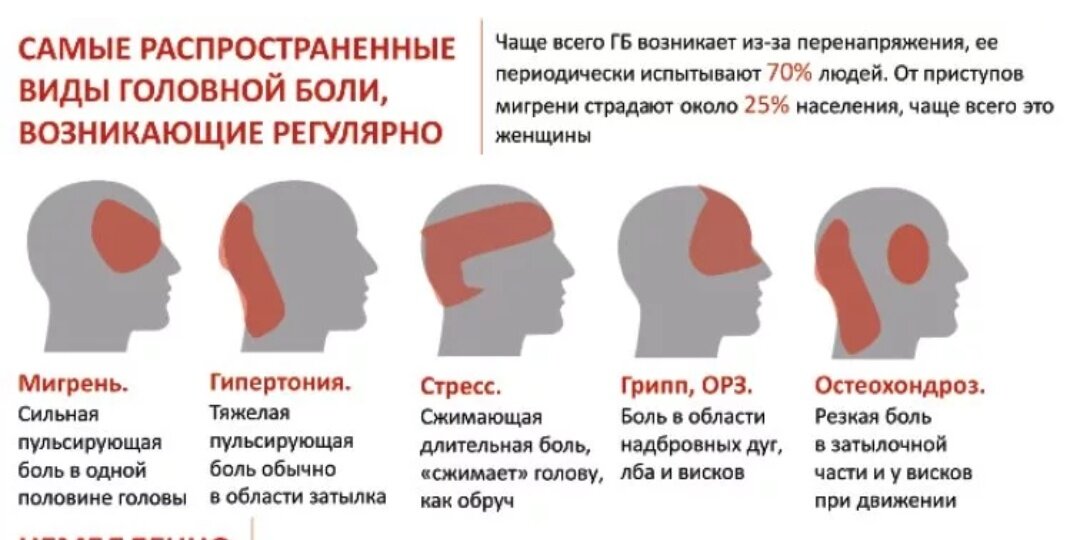
Chang
EY, Lim
WY, Wolfson
T,
et al. Frequency of atlantoaxial calcium pyrophosphate dihydrate deposition at CT. Radiology. 2013;269(2):519-524. doi:10.1148/radiol.13130125PubMedGoogle ScholarCrossref
8.
Sano
M, Yamashita
S, Aiba
T. The prevalence of calcification around odontoid process and the incidence of crowned dens syndrome in the neurosurgical ward. Mod Rheumatol. 2018;28(1):182-187. doi:10.1080/14397595.2017.1316461PubMedGoogle ScholarCrossref
9.
Salaffi
F, Carotti
M, Guglielmi
G, Passarini
G, Grassi
W. The crowned dens syndrome as a cause of neck pain. Clin Exp Rheumatol. 2008;26(6):1040-1046.PubMedGoogle Scholar
10.
Zhang
W, Doherty
M, Pascual
E,
et al.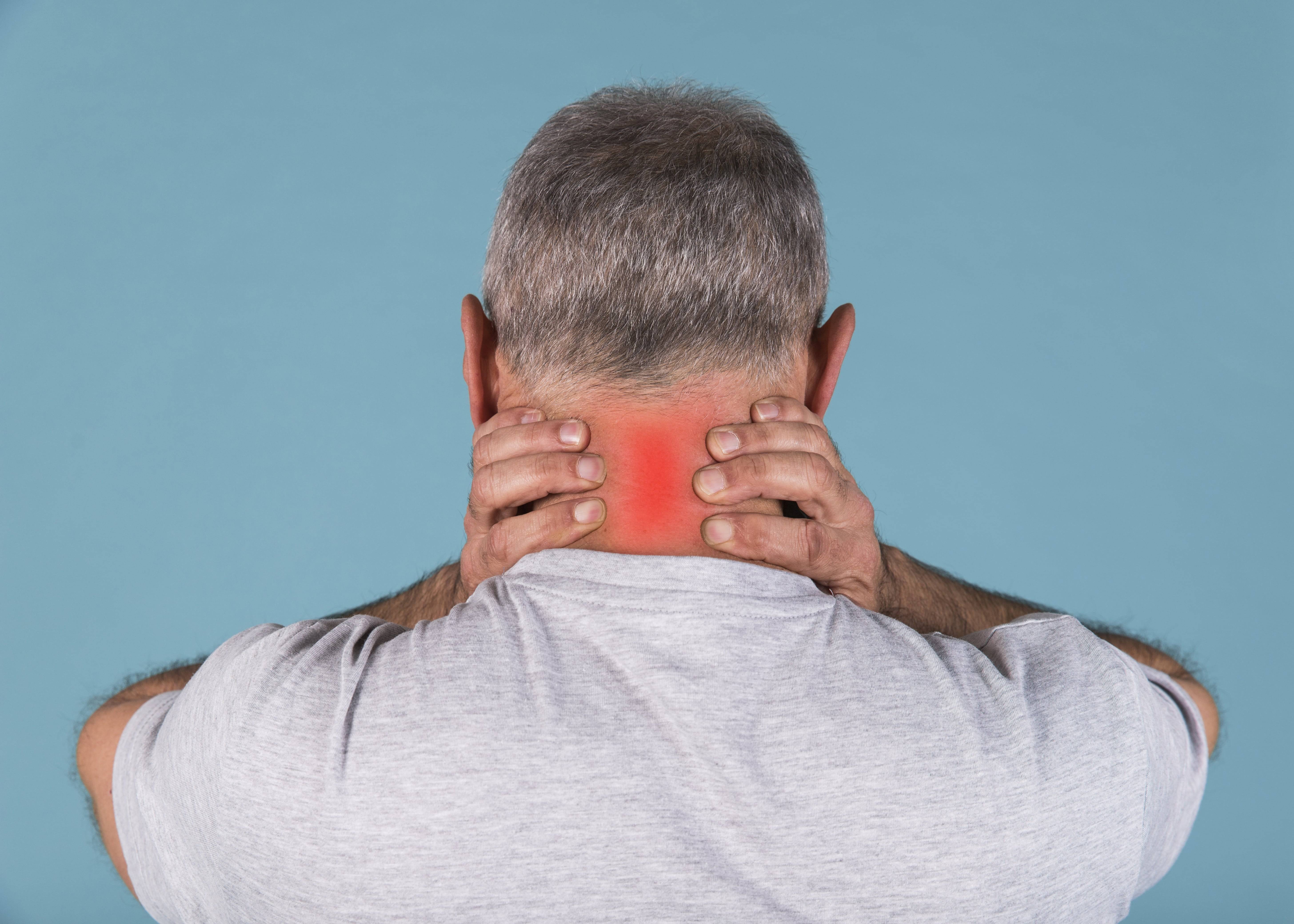 EULAR recommendations for calcium pyrophosphate deposition. Ann Rheum Dis. 2011;70(4):571-575. doi:10.1136/ard.2010.139360PubMedGoogle ScholarCrossref
EULAR recommendations for calcium pyrophosphate deposition. Ann Rheum Dis. 2011;70(4):571-575. doi:10.1136/ard.2010.139360PubMedGoogle ScholarCrossref
Causes of pain in the neck and back of the head, treatment of headache in the back of the head and neck
Articles
Reading time 10 min
dreamstime.com
in order to work, communicate with loved ones or do what you love. Headache can appear for no apparent reason, or it can occur due to simple factors, for example, when moving the neck: tilting or turning. Some people endure pain for years and cannot understand why when you tilt your head down, your head hurts. And some do not turn their heads sharply to the right or left, because this is followed by a headache attack.
According to the World Health Organization, 4% of the world’s adult population suffers from persistent headaches. Most are women of reproductive age.
Specialists of the Temed Clinic do not advise to endure a headache. Seek help from a doctor to get rid of excruciating pain and avoid its consequences. The neurologists of the Clinic successfully treat patients with headaches, regardless of why it arose. In the article we will talk about the causes, diagnosis and treatment of headaches in the Temed Clinic.
Seek help from a doctor to get rid of excruciating pain and avoid its consequences. The neurologists of the Clinic successfully treat patients with headaches, regardless of why it arose. In the article we will talk about the causes, diagnosis and treatment of headaches in the Temed Clinic.
This article is a recommendation. Treatment is prescribed by a specialist after consultation.
Why my head hurts when turning, bending over or at rest
Migraine, tension headache and cluster pain are considered the most common types of headaches. They are called primary and arise due to certain biochemical processes in the brain. Such processes are not visible on MRI and other studies.
Other types of headaches can be attributed to sudden changes in intracranial pressure, muscle spasm in the neck, toxins, brain swelling, irritation of the cranial nerves, or trauma to the skull.
Common causes of headache:
Physical and mental fatigue
Fever in various diseases
- 9000 2 Hunger
Dehydration
Lack or excess sleep
Stress, constant anxiety
Uncomfortable posture during sleep and work
Alcohol in large quantities
Smoking
High concentration of carbon dioxide in a poorly ventilated room
Anemia – a decrease in hemoglobin and red blood cells
Chronic upper respiratory infections
Deficiency of vitamins B2, B12, D3, magnesium
Genetic predisposition
Neck muscle tension
Consequences of injuries of the spine or skull
Cerebral edema in case of traumatic brain injury or brain tumor
.
Movement of the head forward, backward or sideways provoke or aggravate headache in case of:0003
Spasm of the occipital, cervical and oculomotor muscles when looking at a computer or TV screen for a long time 0037
Consequences of injuries of the cervical vertebrae
Autoimmune diseases – rheumatoid arthritis, temporal arteritis
Bone or soft tissue tumors in the neck
Turning the head can provoke pain in the temples with:
traumatic brain injury
temporal arteritis – autoimmune inflammation of the wall of the temporal artery
trigeminal neuralgia
temporomandibular joint pathologies
high temperature and body intoxication
0029 tilting the head down :
Inflammation of the paranasal sinuses – sinusitis, frontal sinusitis
Spasm or persistent dilatation of cerebral vessels
- 90 002 Anomalies in the structure and branching of the vessels of the brain and neck
High blood pressure, hypertensive crisis
Displacement of the cervical vertebrae, large protrusion or other changes in the cervical region
Spasm or inflammation of the muscles of the suboccipital group
Fig. 1 Types of pathological tortuosity of blood vessels that lead to headache
1 Types of pathological tortuosity of blood vessels that lead to headache
Symptoms and features of headache during movements in the neck
3
Pain pressing, covers, as if with a hoop, the whole head. Often one half or part of the head hurts – the forehead, eye, temple or back of the head. Pain does not change sides: if it started on the right side, it does not move to the left side
2
Pain increases and pulsates with coughing, sudden movements of the torso, tilting the head down 037
4
It is painful for a person to look at the light and it is difficult to turn neck to one or both sides
5
Pain can be both background, constant, and paroxysmal
60002 The arm or shoulder on the side of the headache may hurt
The duration of the pain attack depends on its cause and treatment. On average, the pain lasts for several hours, and is easily relieved by taking painkillers.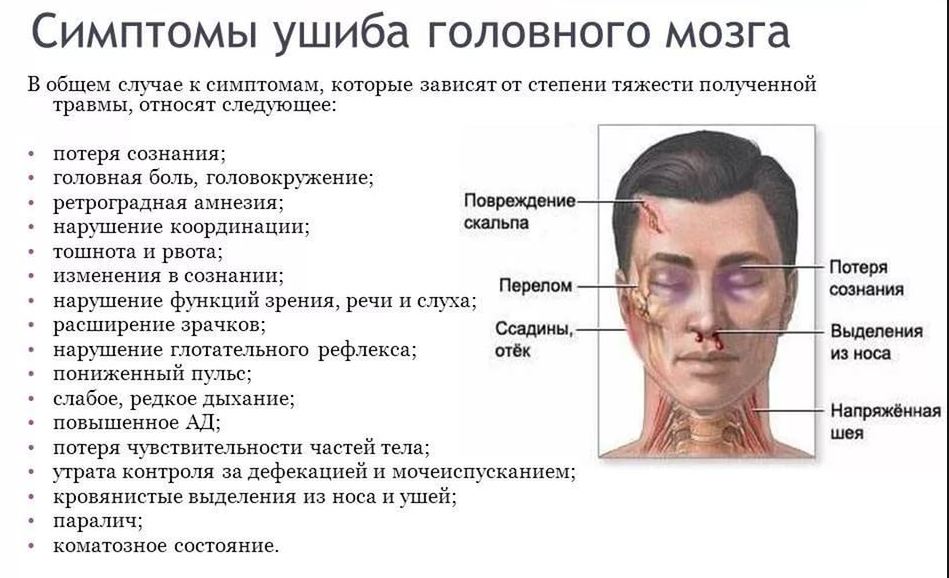 If the pain persists for a day or more, it is recommended to urgently seek medical help.
If the pain persists for a day or more, it is recommended to urgently seek medical help.
Remember the danger signs of a headache so that you can see a doctor in time:
You are over 50 years old and the headache appeared for the first time
Headache for more than a day
Acute pain
eyes and blurred vision, nausea, dizziness, speech disturbance, weakness in the limbs suddenly appeared
Headache diagnostics
Patients with headaches are examined by a neurologist at the Temed Clinic. During the initial consultation, the doctor interviews and examines the patient in detail, prescribes the necessary diagnostic methods. To make a correct diagnosis and find the cause of the pain, many details and facts are important for the doctor:
- Does the pain compress the head from the outside or burst from the inside
- Does the pain begin acutely or gradually
- How often do the attacks occur and how long do they last
- How many points does the patient assess the severity of the pain on a scale from 0 to 10
- Pain appears in the morning or in the evening
- Does your head hurt from hunger
- Does it hurt to tilt your head down
- Is there a sensation of pulsation during pain
- What drugs the patient is taking, which of them help relieve pain
- Can a person work during an attack
- Do relatives suffer from headaches
- Have there been head or neck injuries
9003 4 Is there numbness in any or parts of the body
It is useful to observe the headache, note the duration, strength and frequency of attacks. You can write data in a notepad or use special applications, such as Migraine Buddy, Migraine Compass. Your observations will help the doctor to make the correct diagnosis and determine the treatment.
You can write data in a notepad or use special applications, such as Migraine Buddy, Migraine Compass. Your observations will help the doctor to make the correct diagnosis and determine the treatment.
https://temed.ru/traumatologist During the examination, the doctor evaluates the symmetry of the face, range of motion in the neck, feels the occiput and the exit points of the trigeminal nerve branches on the face, and performs neurological tests. If necessary, he directs the patient for a consultation with other specialists: an ophthalmologist, a cardiologist, an endocrinologist, a rheumatologist, a vertebrologist, an orthopedic traumatologist.
To find the cause of the headache, establish the correct diagnosis and prescribe adequate treatment, a neurologist prescribes some of these studies:
- X-ray of the bones of the skull and cervical spine
- CT or MRI of the cervical spine, brain, bones of the skull
- Ultrasound of the vessels of the head and neck, transcranial dopplerography
- General clinical th blood test, test for the level of certain hormones
Headache treatment
The doctors of our Clinic approach the treatment of headaches in a complex way.:max_bytes(150000):strip_icc()/3976273_color1-5c018c7b46e0fb000194ecae.png) For each patient, the neurologist individually selects a therapy regimen that includes drug treatment, physiotherapy and other effective methods.
For each patient, the neurologist individually selects a therapy regimen that includes drug treatment, physiotherapy and other effective methods.
Paracetamol or ibuprofen is usually prescribed for headaches. Other drugs, such as muscle relaxants and corticosteroids, are used as indicated.
Physiotherapy is effective for headaches caused by pathology of the spine, including pain in the temples when turning the head. Physiotherapy has many effects: inflammation, pain and swelling are reduced, damaged cells and tissues are restored, blood circulation and metabolism are improved.
The following methods are used:
Therapeutic exercise for headache improves the patient’s well-being, increases neck mobility and strengthens the muscles. Massage and manual therapy help to consolidate the result and relax tense muscles.
In some cases, the doctor advises the patient to wear an orthopedic Shants collar to relax the neck muscles and prevent them from tension.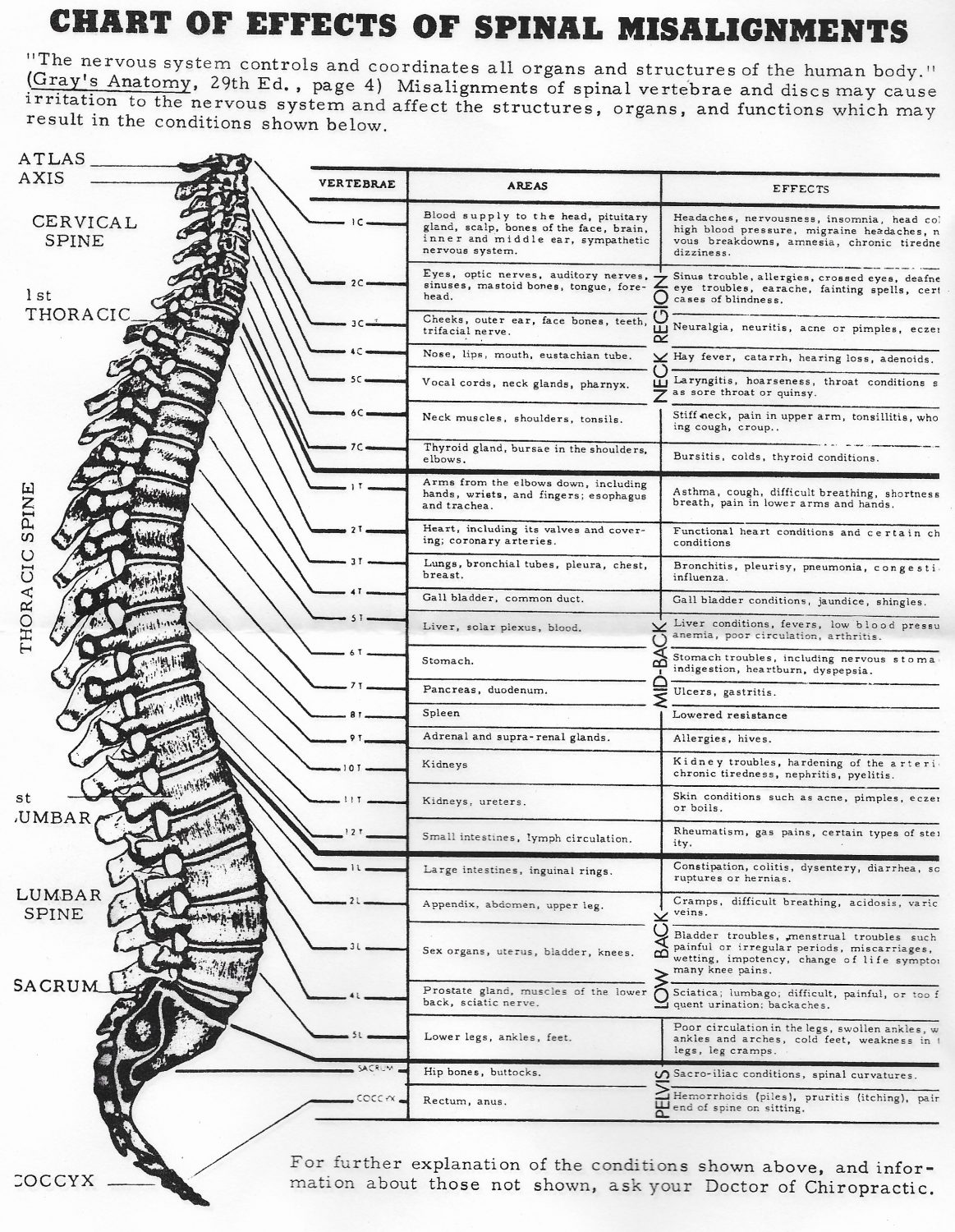 This method is effective for injuries of the cervical spine.
This method is effective for injuries of the cervical spine.
Temed Clinic often uses acupuncture: in this procedure, special needles are inserted into biologically active points. As a result, natural opioids are released in the brain, which work as powerful analgesics. The pain goes away and the muscles relax.
Complications: why a headache is dangerous
Constant pain in the head is debilitating, interferes with work, household chores, and communication. Interest in favorite activities disappears, sleep is disturbed, irritability appears. There may be more severe consequences of constant pain – depression, anxiety disorders.
When high blood pressure causes a severe headache, this may be a precursor to a hypertensive crisis. Headache can be manifested by a stroke and other disorders in the brain.
Headache Prevention
We have put together simple tips that everyone can follow. They will help prevent or reduce headache attacks, improve well-being and mood:
They will help prevent or reduce headache attacks, improve well-being and mood:
Limit alcohol and fatty foods, drink no more than two cups of coffee or strong tea a day
Stop smoking
Drink one to two liters of clean water every day
Maintain good posture when sitting or moving
Make your workplace comfortable: use armrests to reduce strain on the muscles of the arms, neck and shoulders to be; set the monitor at eye level so that the head is not in a permanently tilted position
Ventilate the room regularly to remove excess carbon dioxide
Get enough sleep: no less than 6 and no more than 8 hours of sleep at night
If possible, check the level of hemoglobin, ferritin, vitamin D3 once a year
Treat diseases of the upper respiratory tract and ENT organs in a timely manner
9003 7
900 34
Walk more , exercise, do a sport that suits you
Once again about the main things
1
Some people report severe throbbing pain in the head when they turn their head or bend down.
 If such pain occurs constantly, it can be a symptom of the pathology of the brain, spine, blood vessels, autoimmune diseases. Headache cannot always be self-treated with rest or analgesics
If such pain occurs constantly, it can be a symptom of the pathology of the brain, spine, blood vessels, autoimmune diseases. Headache cannot always be self-treated with rest or analgesics2
Diseases that cause pain in the head, if left untreated, progress to hypertensive crisis, stroke, or other consequences stray and unbearable, starts from the very in the morning or lasts more than a day
4
If you suffer from headaches, don’t waste time and make an appointment with a neurologist. The doctors of our Clinic do everything possible to help patients with headaches return to their normal lives: they find the cause of the pain, prescribe the necessary examinations and effective treatment
List of sources:
- https://www.healthline.com/health/headache/cervicogenic-headache
- Can Smoking Cause Headaches? July 2, 2020 National Headache Institute
- “Headaches in patients with arterial hypertension and hypertensive crises”, Mamedova Zulfiya Jamalovna, Fateeva Tatyana Gennadievna, Parfenov Vladimir Anatolyevich // Neurological journal.
 2013. No. 2
2013. No. 2 - “Headache”, Yakhno N.N., Parfenov V.A., Alekseev V.V., 2000
- acad. IP Pavlova, Department of Neurology and Neurosurgery with a clinic. Elective course “Introduction to angioneurology”. Anatomy of the vessels of the brain. Common neurological vascular syndromes. 2014-2015
- https://tihiy-dom.ru/blog/bolezni-sustavov-pozhilyh-lyudej/
Use the chat on the site to get a response within 5 minutes . Choose a communication channel convenient for you to communicate with the operator.
Share on social networks:
causes of the pathological condition and treatment
Each parent is in awe of the health of their child, so it is so important to understand what to do if the child has a back pain in the neck. This phenomenon may indicate serious diseases that require timely treatment.
Causes of neck pain in a child
The condition can have a number of causes, and it is worth considering both common and rarer factors that lead to pain and discomfort.:max_bytes(150000):strip_icc()/3232847_color1-5c0191cec9e77c00013b3053.png)
Common Factors
Often a child’s neck hurts at the back when he gets a minor injury during active games or sports. Sometimes in such a situation, the muscles overstrain, which causes pain. Among other things, pay attention to whether there were any traumatic factors or accidents – falls, bumps, for example, during a car accident. In this case, you can not hesitate even a minute and immediately consult a doctor. Pain can also appear if the child does not sit properly at the computer, or during sleep, if the mattress is too soft or hard. Also, if you don’t know why the child’s neck hurts from behind, pay attention to the condition of the lymph nodes, since their inflammation due to infection entering the body can cause pain. If the child’s neck is tense on one side, muscle stiffness is felt, it is quite possible that the cause is torticollis. In this case, the disease can also be determined by the characteristic posture of the child – he tilts his head to the affected side, and takes his chin in the opposite direction in order to slightly relax the neck.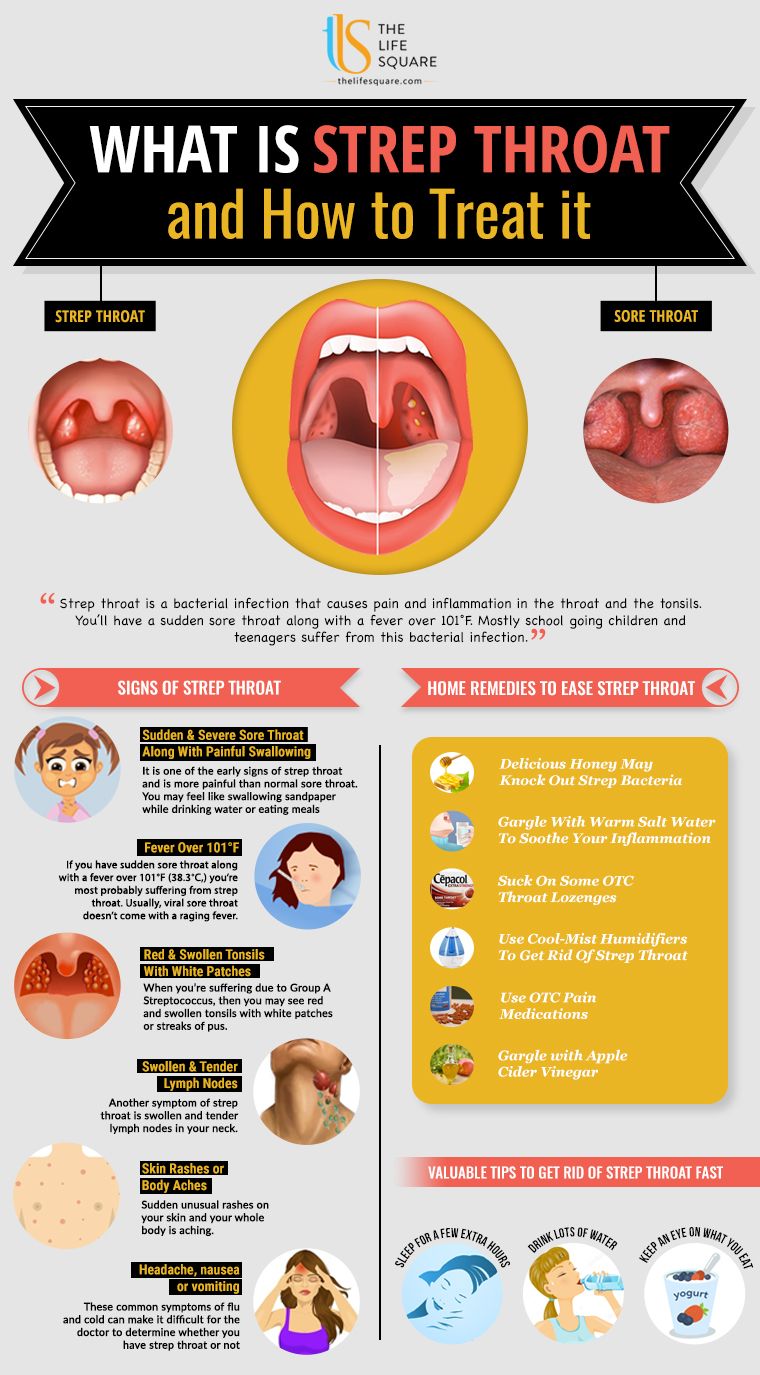 Often this phenomenon occurs in infants.
Often this phenomenon occurs in infants.
More rare causes
If you do not know why a child has a back pain in the neck, it is worth considering not only the most likely, but also rarer causes of the phenomenon. These include:
If a child complains of pain in the back of the neck, with fever, headaches, photosensitivity, nausea with vomiting, immediate medical attention is needed, as the cause may be meningitis. Also check for tick bites on the child’s neck, as this can lead to Lyme disease. Near the bite, if present, you will probably see redness or a rash. It is not always possible to independently determine the cause of pain in the back of the neck in a child, so the best solution in this case would be to contact neurologist .
How to self-examine a child’s neck
If the pain is not sharp and not strong, you can examine the child’s neck yourself before going to the doctor.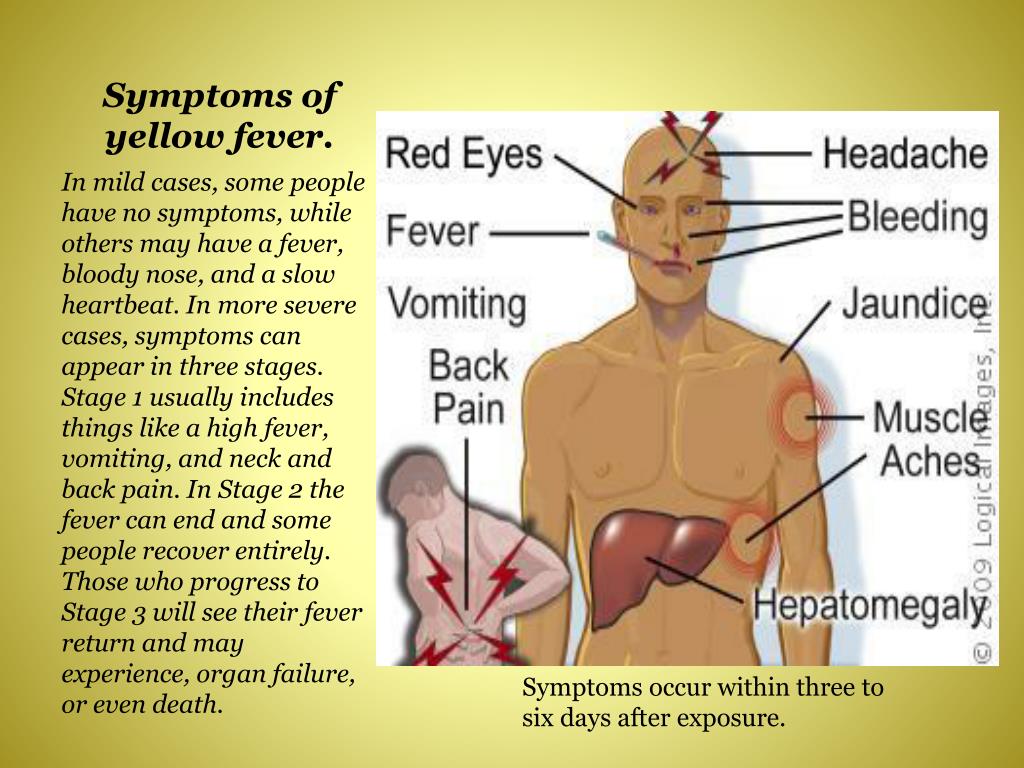 The first thing you need to pay attention to is bruising, bruising, redness, swelling, that is, obvious signs of injury. Ask the child sitting facing you to tilt his head to the left and right, check if pain occurs. It is also worth understanding whether it hurts him to look up and lower his head down. It is also necessary to determine the presence of symptoms of muscle weakness, which can be done while the child is eating or during play. Ask the child if his neck hurts on the back left or right, if there is numbness, if the skin tingles. If you see that it hurts the child to say that he sits down in an unusual way, bends over, this may be a sign that you need to go to the doctor urgently.
The first thing you need to pay attention to is bruising, bruising, redness, swelling, that is, obvious signs of injury. Ask the child sitting facing you to tilt his head to the left and right, check if pain occurs. It is also worth understanding whether it hurts him to look up and lower his head down. It is also necessary to determine the presence of symptoms of muscle weakness, which can be done while the child is eating or during play. Ask the child if his neck hurts on the back left or right, if there is numbness, if the skin tingles. If you see that it hurts the child to say that he sits down in an unusual way, bends over, this may be a sign that you need to go to the doctor urgently.
Helping a child at home
It is important to know what to do if your child has back neck pain in order to alleviate his condition at home. If the child complains of pain after sleep, inspect his bed – it may be an uncomfortable pillow, as well as toys that create uncomfortable sleeping conditions.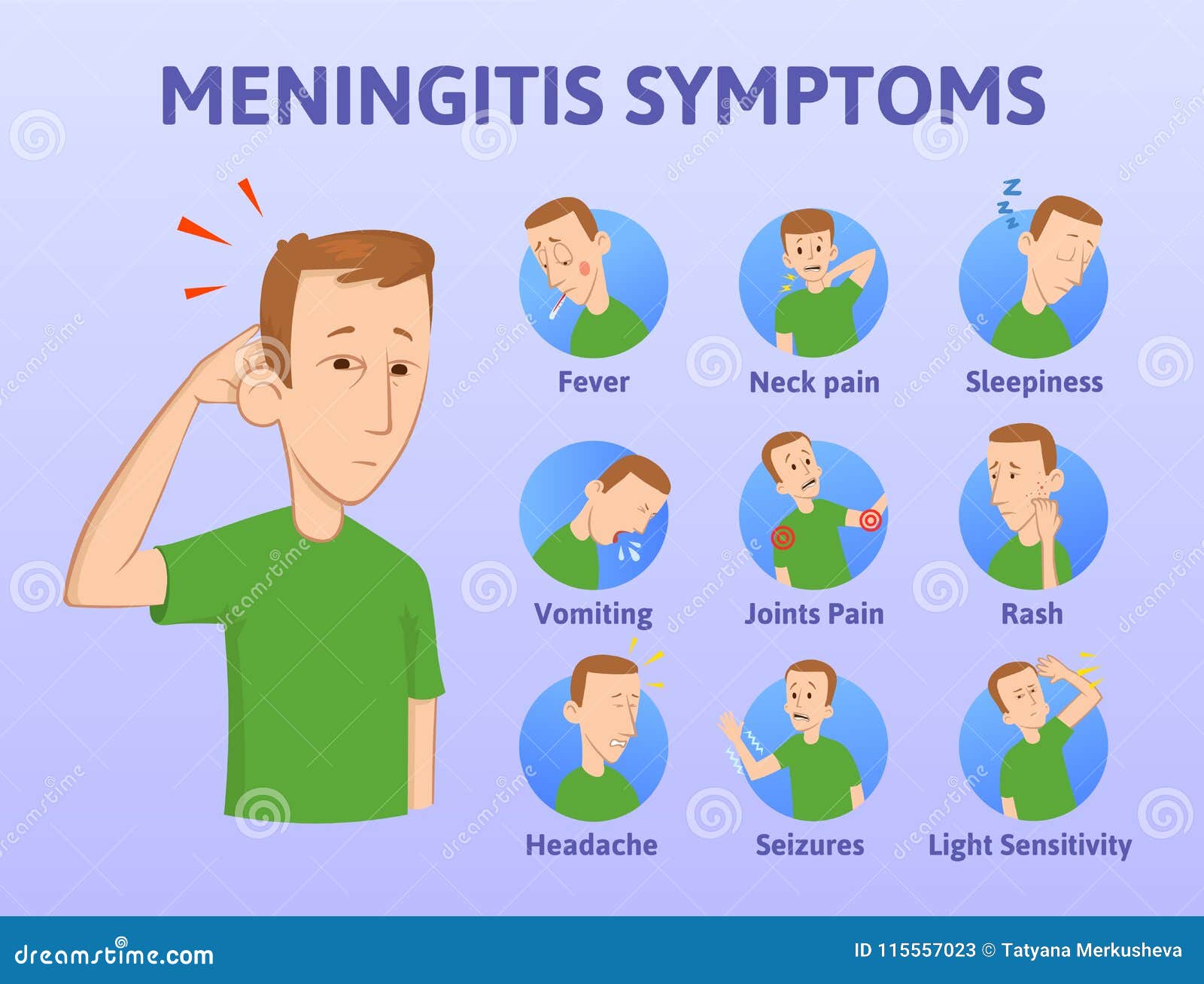 Up to a year, a child should not sleep with a pillow or voluminous blankets, toys, since in this case the risk of sudden infant death syndrome increases significantly. While the child is recovering, keep his neck calm, exclude games or activities that require frequent and sharp head turns.
Up to a year, a child should not sleep with a pillow or voluminous blankets, toys, since in this case the risk of sudden infant death syndrome increases significantly. While the child is recovering, keep his neck calm, exclude games or activities that require frequent and sharp head turns.
How to make your child feel better
Having determined the reasons why the back of the child’s neck hurts, use some methods to alleviate the condition. For example, you can give your child Ibuprofen, which will help eliminate inflammation and pain. It is also worth making a hot compress, which will reduce the manifestations of muscle spasm. But never apply hot directly to the skin – you need to use a towel or diaper. Older children can be offered to sleep with a soft collar or towel instead of a pillow so that the child does not turn his head in his sleep. You can tilt your head to one and the other shoulder for 30 seconds, and this should be done gently and smoothly to stretch the muscles of the neck; You can also do some gentle circular motions.

 For everyone else, there is a cost for the vaccine.
For everyone else, there is a cost for the vaccine.:max_bytes(150000):strip_icc()/pinched-nerve-headache-treatment-1719581-5c04ae4146e0fb0001cc18461-0c080f4cb6234cd1887540cd7c5011b9.png) If such pain occurs constantly, it can be a symptom of the pathology of the brain, spine, blood vessels, autoimmune diseases. Headache cannot always be self-treated with rest or analgesics
If such pain occurs constantly, it can be a symptom of the pathology of the brain, spine, blood vessels, autoimmune diseases. Headache cannot always be self-treated with rest or analgesics 2013. No. 2
2013. No. 2